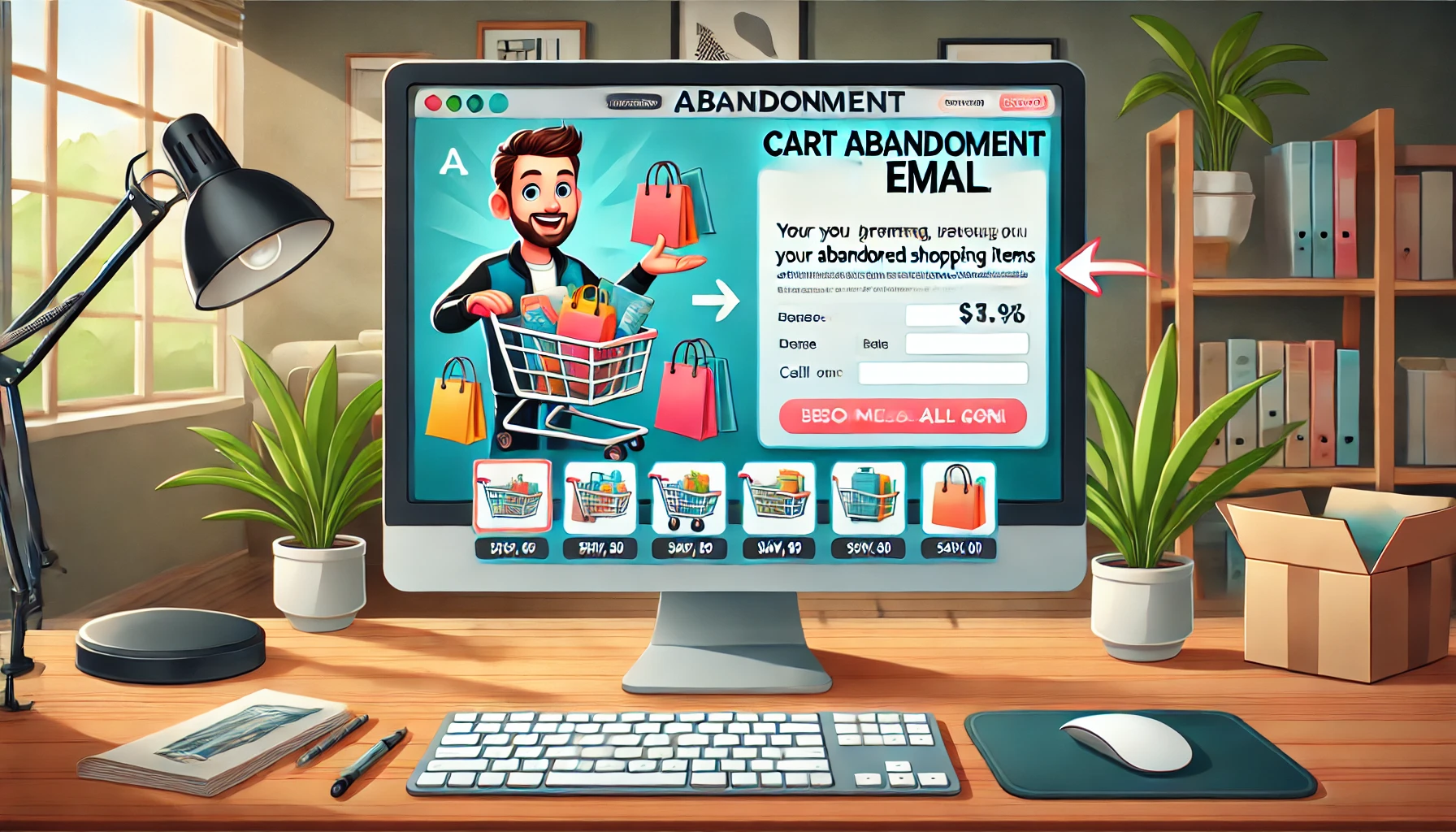“Ever watched ‘Love Actually’ and heard that line about love being all around? Well, let me spin that for you—data is actually all around. I mean, it’s everywhere! When you’re online, whether you’re shopping, filling out a survey or just browsing, you’re either creating or consuming data. And trust me, there’s a lot of it floating around.
Think about it. All the information we generate every single second—what we buy, where we click, what we like—it’s all data. Now, managing this massive amount of info isn’t easy. Some people might even decide it’s easier to hire someone else, like a digital marketing firm, to handle it. That’s where a Data Management Platform or DMP, comes into play. But what exactly is a DMP and what does it do? Let’s break it down.
What is a DMP?
A DMP is like a huge digital warehouse. It stores heaps of data collected from various sources—things you directly share, data collected from your interactions and even information from third parties. But it’s not just about storing data; it’s about making that data work for you.
From a marketing point of view, DMPs are crucial. They make sure that every dollar spent on marketing is used effectively. They help ensure that ads reach the right people at the right time. So, it’s not just throwing ads out there and hoping for the best. It’s about targeted advertising based on real, actionable data.
You might hear about ‘omnichannel marketing’—that’s just a fancy term for using multiple channels to reach your audience in a way that’s based on their own behaviors and interactions. A DMP sorts through all this diverse data, organizes it and then uses it to tailor your marketing strategies across different channels. It’s about being smart with the data you have, ensuring none of your efforts are wasted.”
This way, it keeps the explanation straightforward and avoids metaphors, making it relatable for a high school senior looking into how digital marketing works.
Types of Data That Can Be Managed by a DMP
So, you’re curious about what kinds of data a Data Management Platform (DMP) can handle? It’s actually pretty nice because a DMP can process both the stuff we do online and the things we do offline. Imagine someone sees an ad for a gadget on Instagram on their phone, looks it up later on their laptop and then buys it in a store. A DMP tracks all these interactions, which can happen in all kinds of ways and places.
To make sense of this massive amount of info, we can categorize the data into four main types: demographic, geographic, behavioral and psychographic. Let’s break these down a bit:
Demographic Data:
This is the basic stuff like your age, gender, job, how much money you make, whether you’re married and your education level. For instance, a company selling pricey beach towels might use a DMP to figure out who can afford their $100 towels and target their ads accordingly.
Geographic Data:
This includes details like your city, the languages you speak, the country you live in, your ZIP code and whether you’re in a city or the countryside. If you own a small jewelry store in Spain and you don’t ship internationally, your DMP will help you find customers in your area who speak Spanish, making your marketing much more targeted.
Behavioral Data:
Now, this is about what you do—your shopping habits, past purchases, what benefits you look for in products, how much you usually spend and how you interact with brands. Let’s say you want to push a certain dress in your online store through an Instagram ad. Your DMP can tell you which of your products are catching eyes, helping you decide what to promote.
Psychographic Data:
This dives into personal values, interests, lifestyle choices and motivations. For example, if you’re launching a new line of eco-friendly bathroom products, your DMP can identify potential customers who prioritize sustainability and are likely interested in a low-waste lifestyle.
By breaking down this data, a DMP helps you understand your audience better and target them more effectively, making sure your marketing efforts are hitting the right notes.
The Practical Magic of Using a DMP
Let’s get this straight: you’re probably collecting loads of data, from the basic stuff people tell you directly to the insights you get from partner companies and even third-party data brokers. But here’s the good news—you don’t have to sort through all that data by yourself.
Think about working smarter, not harder. That’s where Data Management Platforms (DMPs) come into play. Imagine if DMPs were a buddy of yours; they’d be the very-organized one who loves making spreadsheets for literally everything. They’d keep all your data neat and tidy so you can easily find those golden nuggets of insight when you need them.
How Can a DMP Elevate Your Digital Marketing Game?
Ever wonder how you can connect better with your audience or find new people who might dig what you’re launching next? A DMP can totally help with that and so much more. Here’s a look at some ways a DMP can really revamp your digital marketing efforts:
Audience Analysis – This is like market segmentation on steroids. By dissecting behavior and demographic data, DMPs can help you not only grow your audience but keep them around longer. It’s about ensuring that the people who see your ads actually care about what you have to offer, rather than just blasting your message to everyone and hoping for the best.
User Experience – Ever thought about why certain pages on your site get more visits or where people tend to drop off during the buying process? A DMP can pinpoint these areas, allowing your web developers to make tweaks that could lead to more sales. It’s about making your website as user-friendly as possible so people can find what they want faster and easier.
Retargeting Campaigns – Remember, DMPs are tracking both online and offline behavior. They can figure out which products or services your audience seems to love most and help you create targeted ads to remind them, “Hey, you liked this. Maybe it’s time to buy?”
Customize Your Content Marketing – If you run a blog, a DMP can be your secret weapon. It digs into all that psychographic data (like what your readers are into, their values and their lifestyle choices) to help you craft articles and posts that they’ll find genuinely interesting. It’s all about delivering content that feels personal and keeps them coming back for more.
Increased ROI – This is the big one. We’re all looking to get the most out of our investments, especially in marketing. DMPs streamline your efforts so you’re spending money in the right places, reaching out to potential buyers who are more likely to make a purchase. It’s about making every dollar count.
So yes, a DMP doesn’t just handle data—it turns it into a powerhouse tool for your digital marketing, making every part of your strategy more effective and tailored to your audience.
Choosing the Right DMP for Your Business
When you’re on the hunt for the best Data Management Platform (DMP) for your business, it’s crucial to remember that they’re not all the same. Before you dive in and pick one, you’ve got to really think about what your business needs and what your priorities are.
A DMP should boost your current strategy, not replace it.
There’s a bunch of DMPs out there but let’s talk about a few big players that might fit different needs:
OnAudience – This platform is huge, with access to over 12 billion profiles! It’s great for digging into client feedback and offers some neat segmentation tools that can make growing your audience seem pretty easy. Plus, it’s user-friendly, which is always a bonus.
Oracle BlueKai DMP – This one’s a classic and still quite popular among marketers. It’s known for precise audience targeting and gives you insights into which devices your users prefer, which is very handy for customizing your approaches.
Lotame – If your marketing heavily leans on social media and email campaigns, Lotame might be your best bet. It doesn’t excel in live reporting but where it really shines is in ad personalization, helping you craft messages that speak directly to your audience.
Power Digital, Your Data-Driven Partner
Did you know 91% of marketers in the U.S. think successful brands are those that use data to guide their marketing decisions? That’s a stat from the Columbia Business School and the New York American Marketing Association. And it’s pretty clear that data is what differentiates digital from traditional marketing—it’s our secret sauce.
At the end of the day, understanding our customers is what we’re all about. What do they need? What clicks with them? How do they like to engage? Sure, driving sales and nailing conversions are our goals but we often hit these targets because we get to know our consumers better.
Frequently Asked Questions (FAQs)
1. What exactly is a Data Management Platform (DMP)?
Think of a DMP as a huge digital storage space that does a lot more than just keep data; it sorts it, makes sense of it and uses it to help people in marketing get their ads to hit the right notes with the right crowd at the right time. It’s pretty much about making ads smarter and more focused.
2. What types of data can a DMP manage?
A DMP is pretty versatile—it can manage all sorts of data. This includes the basic stuff about you like your age or how much you make (demographic), where you live (geographic), what you buy or look at (behavioral) and what you’re into or believe in (psychographic).
3. How does a DMP improve digital marketing strategies?
By using a DMP, you can really sharpen your marketing game. It helps you figure out who to talk to and the best ways to reach them, make your website easier to use, get more people coming back to your site with clever ads and even help you write content that your audience will actually want to read. Basically, it’s about making sure you’re not wasting time and money shouting into the void.
4. Can a DMP work with both online and offline data?
Absolutely! DMPs can handle data from both online activities and real-world interactions. This means you get a full picture of what your customers are up to, both in digital spaces and in physical stores, which helps in crafting strategies that connect both dots smoothly.
5. What should I consider when choosing a DMP for my business?
When picking out a DMP, you really need to think about what your business specifically needs. Check out if the DMP is easy to use, if it jives well with the other tech tools you use and if it supports the main ways you connect with your customers. It’s all about matching the DMP’s features with what you need to get done.
6. Are there notable DMPs that are recommended for specific types of businesses?
For sure! If you need to dive deep into customer feedback and love detailed segmentation, OnAudience could be a great pick. If pinpoint accuracy in targeting audiences is what you’re after, you might want to consider Oracle BlueKai DMP. And if your marketing strategies lean heavily on social media and email, Lotame could be your best bet because it’s awesome at making ads feel personal.












